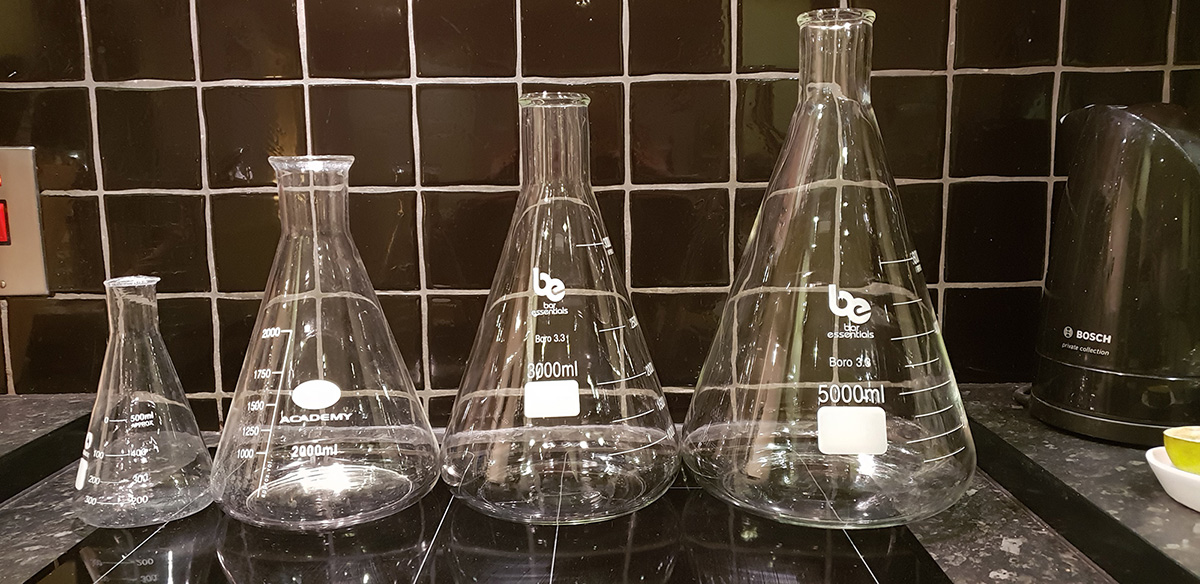Hi all
Planning to get a Erlenmeyer flask to start making starters.
Have found a nice 6000ml one for £30 which I assume is plenty big enough for anything I’ll ever make including good head room.
However is there a down side of going too big?
Additional starter related questions, how long can I keep a starter in the fridge?
Planning to get a Erlenmeyer flask to start making starters.
Have found a nice 6000ml one for £30 which I assume is plenty big enough for anything I’ll ever make including good head room.
However is there a down side of going too big?
Additional starter related questions, how long can I keep a starter in the fridge?











![BREWING THERMOMETER STICKERS ACCURATELY MONITOR FERMENTING BEER & WINE LIQUID TEMPERATURES 5PCS HOME BREW SPIRITS WINE LCD ADHESIVE [US]](https://m.media-amazon.com/images/I/311DDjo2X3L._SL500_.jpg)






























